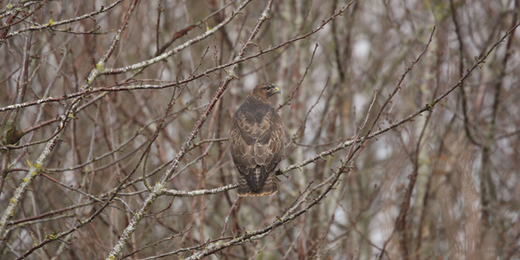Table of Contents
The fundamental goal of any fresh creation is to address challenges and solve them. As the world evolves, more problems and difficulties arise, requiring newer solutions. Nature has been cleverly helping in solving the complexities of civilization problems for eons. Innovators and designers have long drawn inspiration from nature's elements to create ground-breaking inventions. To date, biomimicry remains among the most important phenomena in technology and innovation.
Defining Biomimicry
Biomimicry is learning and mimicking nature's tried-and-true strategies for improving the human way of life. According to the Biomimicry Institute, scientific advancements in energy, architecture, transportation, agriculture, health, and communications have been made in part by nature. We modify our ideas to reflect those seen in nature and develop sustainable solutions by incentivizing them. In simple terms, biomimicry creations are designs that mimic or imitate life.
Innovation influenced by nature is seen as a synthesis of science and art— the magic happens at the nexus of biology and technology. Scientific discoveries have illuminated the accomplishments and failures of nature over billions of years of evolution.
The long-term biodiversity of our landscapes depends on our awareness of and commitment to protecting nature. We must acknowledge the significance of nature in our physical reality before we can fully embrace it. While not all of us can profess to be specialists in the various scientific fields or the intricate applications of nature's designs, the special relationship with nature allows all of us to get inspired and create products that add value to our lives.
A harmonious relationship where neither of the parties forcefully tries to establish control over the other is the most sustainable form of existence. And, biomimicry is proof humans can coexist with nature.
Here are some incredible man-made creations inspired by nature.
Self-Cooling Buildings
Humans have long used animals as models for almost everything, including buildings. In response to soaring temperatures, oppressive heat waves, and rising energy expenses, architecture and engineering professionals are using innovative approaches to keeping indoor temperatures comfortable. Natural ventilating systems inspired by termite mounds are one fine example of this. Termite mounds contain a sizable central chimney that is insulated and ringed by buttresses. It gets heated during the day, sending warm air up and out of the chimney to maintain the chilly air inside. This mechanism was used to construct a shopping complex in Zimbabwe by the engineering company Arup, and it consumes 10% less energy than conventional air conditioning.
Automobile and Locomotive
Mercedes-Benz took inspiration from the reef-hopping Yellow Box Fish to assemble a new vehicle with robust composite parts for enhanced gas mileage and drag coefficient performance. The world's fastest train was given its distinctive snout, thanks to the beak of an Australian Kingfisher bird.
Low-Invasive Surgical Procedures
The complex procedure of penetrating needles used by neurosurgeons in delicate brain operations is inspired by the ingenious biting abilities of mosquitoes. The idea behind the system is to lessen the agony from needles by simulating a real bite that dwarfs the force of the needle into the skin. An example is the three-pronged, minimally invasive needle in Japan modeled on a mosquito's proboscis (their biting mouth). The needle softly vibrates at a frequency of around 15 hertz and imitates a real bite which softens the impact of the needle penetration.
Self-Cleaning Surfaces
Paints, glass, fabrics, and other materials now have surface finishes that mimic the self-cleaning capabilities of lotus plants, eliminating the need for chemical detergents and physical labor. Lotus leaves have substantial papillose epidermal cell folding and epicuticular wax crystals protruding from the plant's surface, giving them a rough microscale texture. This lowers the traction bond of the air and water by reducing the amount of liquid that comes into contact with the solid. Water rolls off the surface of the leaf at the smallest angle, effortlessly cleaning dirt particles off the leaf. The method applied in the fenestration industry (among others) has resulted in rain or wind removing any dust buildup on the window panels, keeping them functional without constant maintenance.
Shoes
Athletic training shoes with unwavering wet weather traction are made with tread inspired by gecko feet.
Transformational Designs INSPIRED BY NATURE
Our interaction and engagement with the world around us are influenced by our surroundings, which also influence our growth and development. Nature's impact can be seen through biomimicry design even in the most artificial of settings. The practically infinite applications of biomimicry have contributed to strengthening industries across the board including transportation, apparel, technology, architecture, consumer goods, etc.





